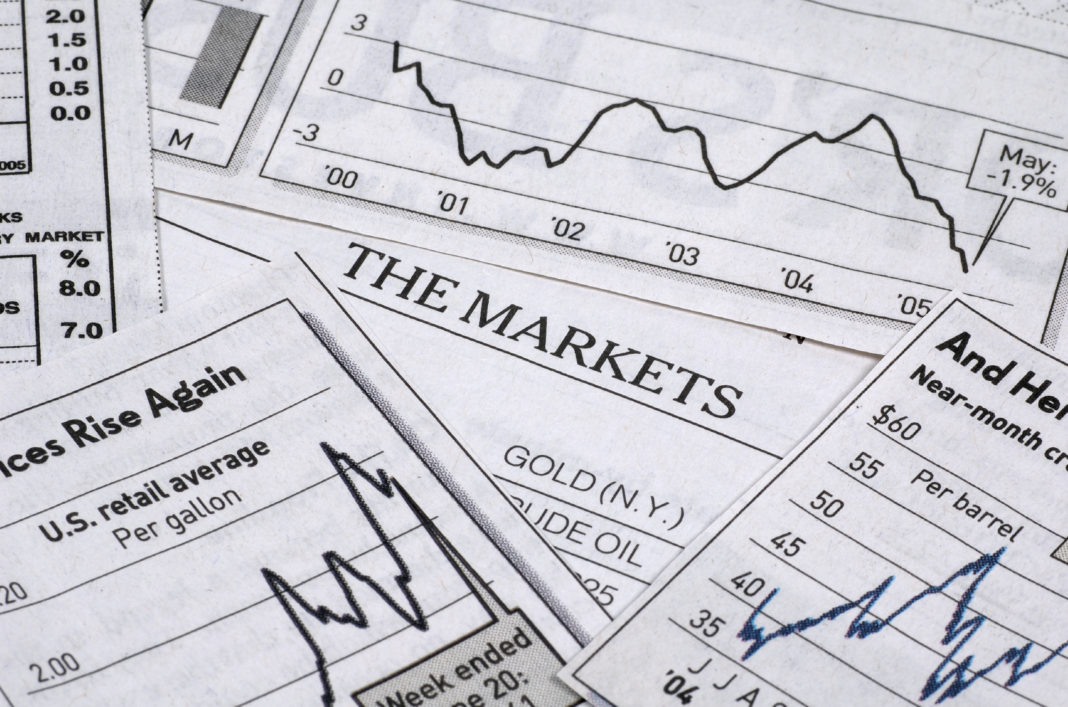WHAT IS YOUR INVESTMENT PHILOSOPHY AND STYLE?
We are stock pickers and make our selections through intensive bottom-up analysis and use the well-established “growth at a reasonable price” criteria. But, we also have our own five-point check-list to help find attractive opportunities. These are growth, liquidity, valuation, management and currency. We have a stock template and score each proposition from one to five, with “one” denoting outperformance potential, “five” for underperformance and “three” as benchmark performance. Basically, we look for stocks where growth potential isn’t fully priced in, and can expect to produce excess returns — that is alpha — over our benchmark, the MSCI Southeast Asia Total Net Return. In terms of our broader approach, geographical focus dominates sector considerations, although we have certain preferences, such as energy and materials. The key is that we gain outperformance through stock selection rather than asset allocation.
AND YOUR PROCESS?
We use both qualitative and quantitative methods to screen for ideas in our investment universe. Our qualitative methods include the use of top-down macro, thematic, sector views from our strategic policy group in London, as well as our own views of the catalysts for the individual ASEAN markets to direct our research focus to look for alpha-generating ideas. A key part of this process is intensive meetings with companies’ managements in our search for unrecognised growth stocks. We also use these meetings to assess potential stock ideas in any part of the value chain of that company’s industry. To supplement the qualitative screening, we have our in-house quant screens based off several growth and value factors like earnings per share revision, momentum return on equity to rank stocks in our investment universe into deciles. Just as important, our process is continuous, involving constant discussion, analysis and review. We are also happy to receive input from brokers, as long as they add value. By that I mean that they have reliable market information, come up with original ideas early and can provide access to company management.
WHO ARE YOUR INVESTORS?
We enjoyed substantial inflows last year from European retail customers, and always have a healthy distribution in Hong Kong to retail investors and funds of funds.
WHAT ARE THE BEST OPPORTUNITIES NOW?
At the moment we are underweight Singapore (which makes up more than a quarter of our benchmark) and Malaysia, and overweight Indonesia, Thailand and the Philippines. Indonesia’s improving macroeconomic trajectory is well established, and there are key companies such as Astra that are tremendously placed. In fact, Astra has a great story: it has a 50% share of the domestic market for the assembly and distribution of motor vehicles, and historical precedents show there is a linear correlation between vehicle penetration and increases in per capita GDP. So, if Indonesia’ growth continues, Astra will be a major beneficiary. The Philippines is especially exciting — it has a young, educated and increasingly affluent population that could sustain a consumer boom and is almost underwritten by the traditional remittances from its diaspora. If the president can deliver on his promises of reform, like reducing corruption and increasing tax collection, then its potential is enormous, in particular in the consumer and infrastructure sectors. We have already enjoyed strong performance here, taken profits, and are now looking to reinvest in some stocks that have fallen to attractive levels. Thailand has some great companies and can justifiably boast about being an agriculture superpower; Unfortunately it has suffered from unstable politics during the past couple of years. Malaysia is perhaps too reliant on commodities riches, to the detriment of the development of other industries and companies, but its closer relationship with Singapore should lead to opportunities. Meanwhile, Singapore constantly re-invents itself, and it always offers attractive, well- managed companies to invest in. Our underweight position simply reflects better investment opportunities elsewhere in the region.
WHAT ARE THE GREATEST RISKS?
Inflation is certainly a problem within the region. But, a large part of it is perhaps due to a temporary rise in food prices due to extreme weather events and farmers struggling against poor harvests. On the other hand, as these economies grow richer, dietary habits change, which could lead to a permanent, secular sift in food prices. Politics remains an issue in Thailand, execution of policy is an issue in the Philippines, Vietnam is suffering from the effects of an overheating economy and some similar issues are holding Indonesia back. Despite these problems, the region offers among the best opportunities in the world today. And, crucially, local companies are rising to meet those challenges. That translates into great investment potential.


